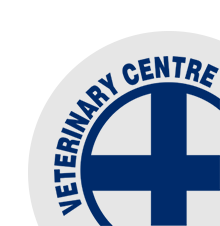Top Reasons Why Your Drench Program Didn't Work
/Every summer/autumn we see numerous lines of calves that have suffered poor growth rates and/or shown signs of clinical parasites.
Calves that are ‘loose’ (dirty tails) despite grazing on high dry matter feeds, ‘wormy’ smelling faeces, and coughing may be all indicators.
Here are some of the reasons why parasites may be an issue:
The drench interval was too long in the current season
Most worm species take 3 weeks to mature and start laying eggs. If the interval between the end of the activity period of the drench extends more than 3-4 weeks eggs and larvae will build up on pasture.
A key part of a drench programme is to return for next drench before worm eggs in faeces become numerous.
Product selection did not suit the situation
Oral drenches have no persistent activity - as do most solvent based pour-on products.
Where high worm pressure is suspected either reduce the drench interval, or use proven long acting pour-on products or consider drench bolus (capsules).
There was a high pre-existing worm larvae load on your pasture from the previous season, meaning calves were always being challenged.
Every mouthful of dry matter that is high in larvae will reduce appetite and therefore DM intake and weight gain.
It is important to work in with other graziers on a property to ensure everyone works together every year to keep the pasture larval load limited.
Be aware of climatic conditions
There is often mass emergence from dung piles after extended dry periods when the weather breaks.
Conversely with extended warm, wet, humid conditions, larval survival will be aided, this could increase the challenge by more than 10 times!



